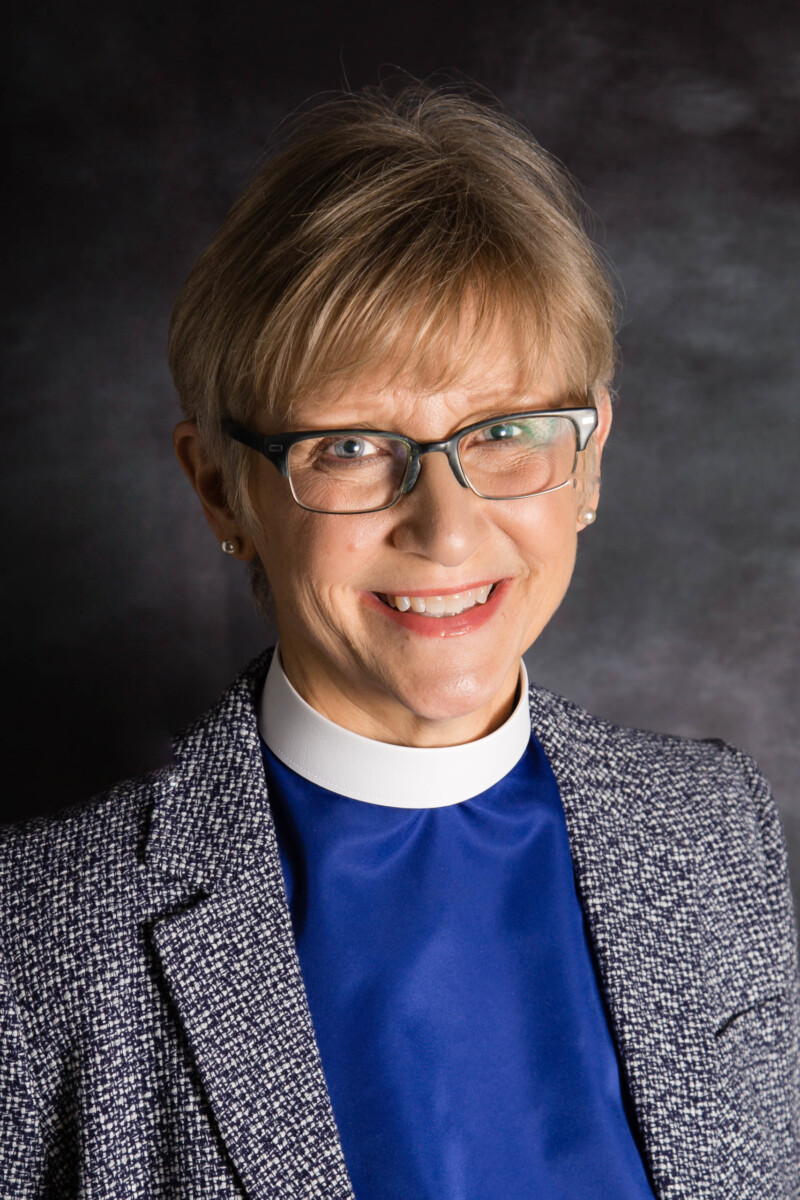by Deb Mechler
Once I stayed overnight in Omaha, Nebraska, because my flight got in late, and I don’t trust myself to drive the three-hour trip home when I am tired. I decided to take my morning walk over the nearby Bob Kerrey pedestrian bridge that connects Omaha with Council Bluffs, Iowa. It is a graceful structure that spans the muddy Missouri River as it meanders past the city.
Halfway across the bridge I noticed a line painted on the concrete, with “Nebraska” written on one side and “Iowa” on the other. I couldn’t resist straddling it as I looked down at the river for a few moments.
Did one leg feel warmer or heavier than the other? Of course not. Even though I was officially in two places at once, I didn’t feel any different than I did in one state or the other. In fact, as I drove back to my hotel, I was going back and forth between Omaha, Nebraska and Carter Lake, Iowa, not knowing when I was crossing the lines. I remember when my kids were small, we’d say “Woohoo!” when we went over a state line. We never would have noticed it if there hadn’t been a sign to tell us we were crossing the border. On the pedestrian bridge, and in the car, the scenery along the way and the people traveling through are much more vibrant and fascinating than a line on a map.
Trinity Sunday is upon us, and my head has been very much in the clouds, pondering the mystery of God as Three-in-One and what that has to do with our humble feet-on-the-ground selves. Add the Lutheran Affirmation of Baptism being celebrated today in the congregation I serve, our celebration of the Eucharist, and the fact that it is my second-to-last Sunday with these beloved people. Spiritually and emotionally speaking, if I had four feet, they would each be in a separate state today!
The man-made structure of a pedestrian bridge spanning the river with its reminder on the walkway of the cartographers’ border is an image I am recalling as I ponder the Trinity and baptism this weekend. To what degree is the doctrine of the Trinity a human construct? Certainly the mystery that we call God existed before the three-in-one concept was posited by the church.
I wonder if the Trinity is as much mystery as we can handle, and there is far more to God’s being that escapes our peripheral vision. Could it be that Rublev’s “Troista” is a detail in a much larger picture?
![]() No matter. The Trinity is enough for us, more than enough for us to ponder and appreciate in a lifetime. Meanwhile, our experience of the Holy One is where the life is. The theological surveyors help us find the river and delineate the territory of orthodoxy, but that is the limit of their work.
No matter. The Trinity is enough for us, more than enough for us to ponder and appreciate in a lifetime. Meanwhile, our experience of the Holy One is where the life is. The theological surveyors help us find the river and delineate the territory of orthodoxy, but that is the limit of their work.
We invoke the Holy Three in the ritual of baptism, baptizing “in the name of the Father, and of the Son, and of the Holy Spirit.” I will say it again as today’s confirmand Emily kneels at the communion rail, my right hand on her head along with the hands of her parents and sponsors. The rite will have me praying that the Holy Spirit’s fullness be embodied in her as she continues her life of faith.
The baptismal waters will carry her along with the rest of us. They flow as a river unmarked by political borders, insistent on moving us forward, slowly carving out new territory in its own wise direction. It offers life to the creatures within and to the lands along its borders. It carries away detritus from the land and bears to new places downriver those who accept its invitation to ride its current.
Living in the mysterious presence of Creator/Redeemer/Sustainer is a rich life and doesn’t require any understanding of how the three are one and the one are three. The only theology Emily needs to know when she rises from her bed tomorrow is the sense that it is God who has raised her out of the deadliness of sin to the life that is truly life, that her humble boat is kept afloat by the waters of her baptism, and that the scenery along the way is hers to enjoy in the abiding presence of the Holy One whose love is not constrained by any human boundary.
Deb Mechler is a minister of the Reformed Church in America completing her contract as pastor of Bethlehem Lutheran Church in Royal, Iowa. She looks forward to exploring other forms of ministry and time with family.

